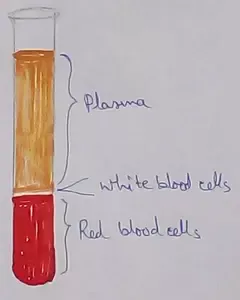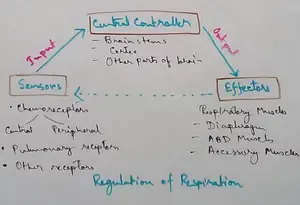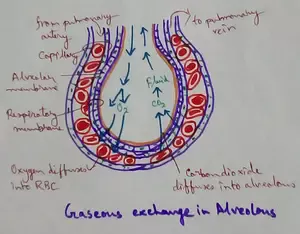Worksheet on Living Things and Non-Living Things
Worksheet on living things and non-living things contains various types of questions on natural and man-made things around us.
Read the concept to answer the questions on living things and non-living things.
I. Fill in the blanks with the words given below:
gills, non-living, alive, reproduce, plant, non-living, move, plants, feel, living
(i) Roads, buildings, cars and pencils are all __________ things.
(ii) All man-made things are __________.
(iii) Plants, animals, human beings are all __________ things.
(iv) Living things need food to stay __________.
(v) Birds __________ by laying eggs.
(vi) A seed grows into a __________.
(vii) Some living things like __________ cannot move.
(viii) Fish breathe through their __________.
(ix) Animals and plants can __________.
(x) A car cannot __________ on its own.
II. Answer the following questions:
1. Give two examples for each:
(i) Living things
(ii) Non-living things
2. How does a plant breathe while it has no nose?
3. Name any five animals which lay eggs.
4. How do most plants reproduce?
III. Tick (T) against the true statement and (F) against the false one:
(i) Animals are natural things.
(ii) Sunflower turns towards the Sun.
(iii) Some man-made things are living things.
(iv) A cat does not reproduce.
(v) No plant breathes.
(vi) All living things grow, become old and finally die.
(vii) Fish are man-made things.
(viii) Birds and animals are living things.
(ix) Tables and chairs are natural things.
(x) Clouds and rain are non-living things.
IV. Circle the odd word in every group:
(i) cat, dog, table, cow, buffalo.
(ii) car, bus, train, bird, motorcycle.
(iii) sun, moon, animal, clouds, rain.
(iv) bee, goat, sun, girl, crow.
V. Name them:
(i) A living thing always fixed in the ground.
(ii) A non-living thing which can move.
(iii) Things made by humans.
(iv) A plant that moves towards the Sun.
Check the answers of worksheet on living things and non-living things:
Answers:
|
I. (i) non-living
(ii) non-living (iii) living (iv) alive (v) reproduce |
(vi) plant
(vii) plants (viii) gills (ix) feel (x) move |
II. 1. (i) humans and animals
(ii) table and chair
2. Plants do not have noses; they breathe through very small openings in their leaves called stomata.
3. Snakes, crocodiles, hens, frogs and ducks lay eggs.
4. Most plants reproduce through seeds.
|
III. (i) T
(ii) T (iii) F (iv) F (v) F |
(vi) T
(vii) F (viii) T (ix) F (x) T |
IV. (i) table
(ii) bird
(iii) animal
(iv) sun
V. (i) plant
(ii) car
(iii) man-made things
(iv) sunflower
• Living and Non-living Things
Worksheet on Living & Non-Living Things
From Worksheet on Living Things and Non-Living Things to HOME PAGE
Recent Articles
-
What Is Plasma? | Blood Plasma | Proteins | Nutrients | Cholesterol
Nov 07, 25 10:29 AM
Blood is a mobile fluid which is a connective tissue and is derived from the mesoderm like cell any other connective tissue. Colour of blood is reddish and that flows inside the blood vessels by means… -
Disorders of Respiratory System | Tuberculosis | Pleurisy | Emphysema
Oct 28, 25 11:39 PM
Tuberculosis is very common disease and is caused by a type of bacteria called Mycobacterium tuberculosis. This disease causes different trouble in the respiration and infection of several parts of th… -
Regulation of Respiration | Respiratory Centres | Inspiratory Area |
Oct 14, 25 12:13 AM
Respiratory Centre is the area that controls the rate of respiration and it is observed to be located in medulla oblongata and pons. Respiratory Centre has the following will dispersed components like… -
Explain Transport of Gases | External Respiration | Tissue Respiration
Oct 09, 25 11:35 PM
In humans gaseous exchange is completed in the following ways the steps are - External Respiration or Breathing - Breathing in false taking in of Oxygen and giving out of carbon dioxide in the body. M… -
Kind and Number of Teeth | Location of Teeth in Mouth | Care of Teeth
Sep 11, 25 12:52 AM
Kind and Number of Teeth





New! Comments
Have your say about what you just read! Leave me a comment in the box below.